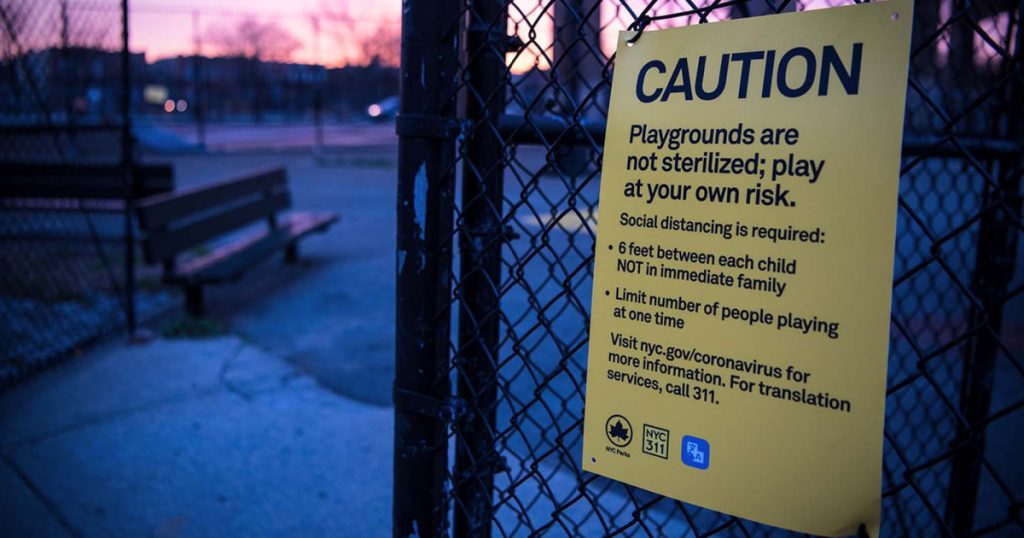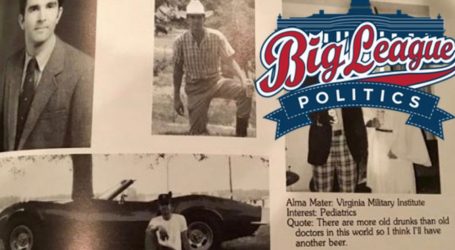“How Are We Going to Look Back on This Time?” Oral Historians Record Daily Life During COVID-19.
A photo of Astoria Park contributed to Queens Memory.Megan Green
For indispensable reporting on the coronavirus crisis and more, subscribe to Mother Jones’ newsletters.I almost started this post with the words “Studs Terkel.” And then I wanted to punch myself in the face. Studs Terkel—the irreverent, leftist, legendary oral historian—may be well-known and beloved, but the idea that there’s a “great man” of oral history is totally antithetical to the entire concept of populist history that he supposedly represents. In fact, there are hundreds of people, many using she/her pronouns, who are working feverishly to collect audio recordings, videos, photographs, and written accounts about what people’s lives look like during this pandemic.
One of them is Meral Agish, the community coordinator for Queens Memory, a community archiving partnership between Queens Public Library and Queens College CUNY.
On March 16, the Queens Public Library closed all 65 its branches to slow down the spread of the coronavirus. Within the next two weeks, central Queens emerged as the epicenter within the epicenter of the coronavirus pandemic, with more than 7,260 cases recorded within a 7-square-mile radius. “It felt like we need to do whatever we can to record what life is like in Queens right now,” Agish told me.
Queens Memory has been collecting oral histories, photographs, and home videos from Queens residents since 2010. On the day the library closed, Agish and the Queens Memory team discussed creating a large crowdsourced campaign, the likes of which they’d never done before, to collect the stories of daily life in Queens during the pandemic. I was familiar with the work of Queens Memory, and I gave them some tips on a workflow for the first season of their podcast. But I haven’t been involved in their oral history collection.
As COVID-19 rages around the world, archivists, librarians, oral historians, and activists have spun up oral history projects to document their communities’ everyday experiences during an extraordinary social, political, cultural, and historical moment. Documenting the Now, for example, an initiative born out of documenting Ferguson and the Black Lives Matter movement, has collated a crowdsourced Google document of #doccovid19 projects. So far there are 103 such initiatives on the list, ranging from community archiving projects at public libraries to the coronavirus subreddit.
“Our whole goal is to empower people who aren’t necessarily professional historians to identify stories that should be in their public library’s local history collections,” said Natalie Milbrodt, director of the Queens Memory Project at Queens Public Library. “They work with us to capture those stories and digitize photos and give future researchers a really accurate depiction of life in contemporary Queens, New York City.”
Two weeks after the Queens Memory team started talking about a COVID-19 project, they launched it. An online submissions page and toll-free number went live on April 9, thanks to fast work from the Urban Archive team and a broad coalition of Queens Memory staff and volunteers. As of this week, they’ve received about 200 submissions, ranging from highly edited videos to short audio clips to written accounts. “We are living through history right now, and you wonder, how are we going to look back at this time?” said Agish.
While everyone is susceptible to a virus, the coronavirus has not in fact been the “great equalizer.” An investigation by my colleagues Edwin Rios and Sinduja Rangarajan showed that black and brown communities have disproportionately higher rates of infection and fatality. In the neighborhoods in Queens hardest hit by the coronavirus, 38 percent of the working population are employed in the service sector, such as food delivery, child care services, and janitorial services, compared to 18 percent citywide according to Center for an Urban Future, a nonpartisan policy organization focusing on economic mobility and inequality. These numbers partly explain how this borough became the epicenter. But they don’t tell the whole story. “It’s just coming across as statistics, but we knew that for every healthcare worker, every delivery person, it was having a real human impact that was not necessarily being recorded very well,” said Milbrodt.
By capturing a broad swath of stories from the borough of Queens, Agish hopes to document how the pandemic has been affecting the community in uneven ways.
“This pandemic experience is casting such a harsh light on how unequal our life in our borough is,” said Agish. “There’s a tendency to think about the pandemic’s effect in numbers, percentages, rates, these abstract measures that of course tell a particular story about the pandemic, but they completely lose the human aspect of what this experience is like.”
In a time of crisis, chronicling the truth can feel like a form of resistance. As any dictator will tell you, destroying the archives and a common history has been one of many reliable techniques for subjugating a population. There’s a large overlap between the community archiving techniques deployed at Queens Memory and the work of organizations like WITNESS, which crowdsources the documentation of human rights violations. At a time when the escapism of celebrity culture feels a little less benign, it’s comforting to know that the lives of the rich and famous aren’t the only ones that will endure when future historians reflect on the pandemic of 2020.
“We find that people coming into our local history collections are very interested in daily lives of people who lived 100 years ago,” said Milbrodt. “We want to make sure that we’re capturing the stories of people who don’t necessarily think of themselves as important historical players. We do a lot of convincing people that their stories are important.”
Just like Studs Terkel did.





